Wednesday, April 2, 2008
De Mortel : S2 & Pa
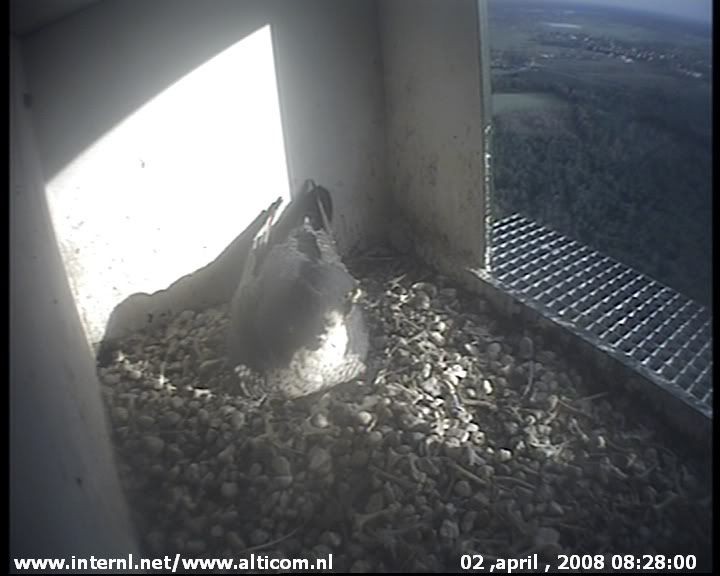
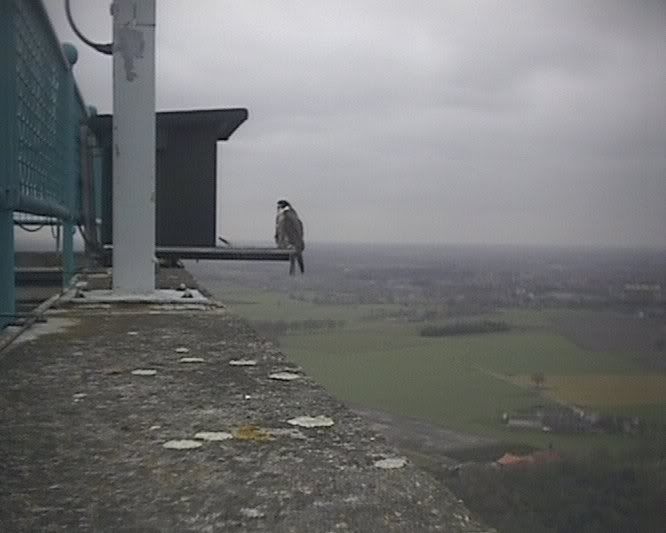
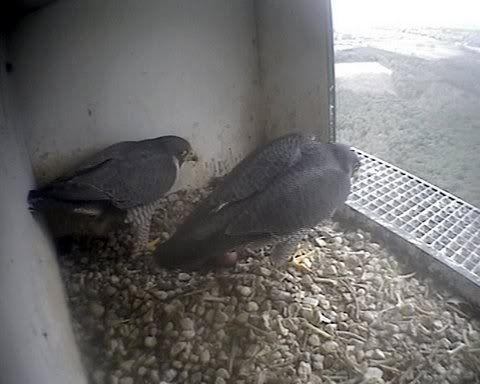
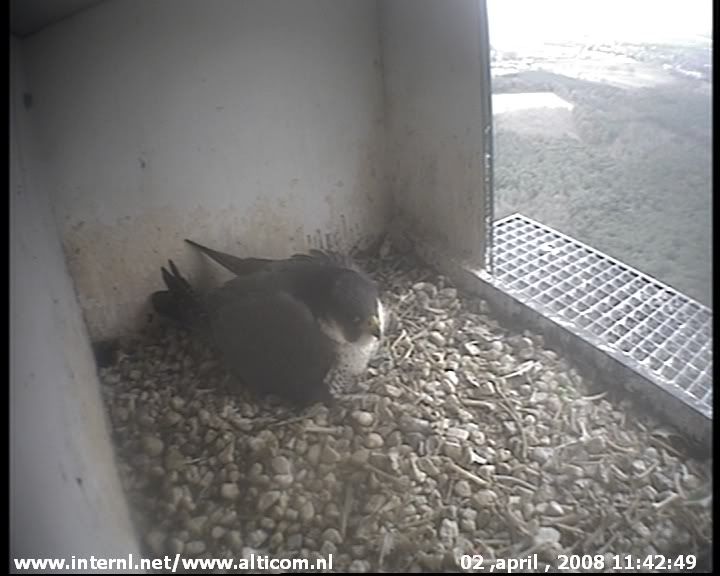
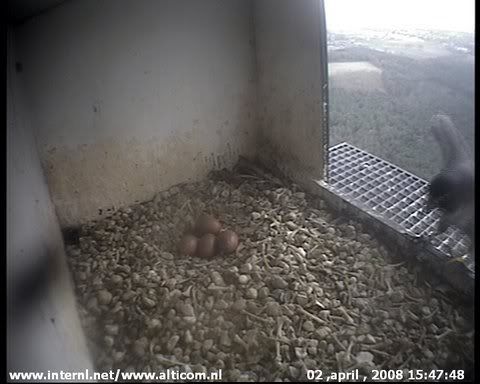
S2 and Pa are doing ecellent. The change breeding, Pa takes care after food for his lady. And S2 enjoying her first clutch. 17 more days to go.....
Harrisburg



 Things are going just the peregrines way overhere. It is everywhere the same, the male does not want to leave the eggs. He just loves sitting on them. But the female wants to take over. Mom has been standing there for quite a long while. She almost fell asleep but he did not move. When she really wants to take over she just forces him off. She is much stronger and bigger than he is. She's the boss no doubt about that!
Things are going just the peregrines way overhere. It is everywhere the same, the male does not want to leave the eggs. He just loves sitting on them. But the female wants to take over. Mom has been standing there for quite a long while. She almost fell asleep but he did not move. When she really wants to take over she just forces him off. She is much stronger and bigger than he is. She's the boss no doubt about that! Cobb Island


 Due to the DDT disaster by 1962 there was not one breedingpair left out of the 350 in the midth 1940 ties. In 1975, an Eastern Peregrine Falcon Recovery Team was appointed to develop a federal Recovery Plan, subsequently completed in 1979.
Due to the DDT disaster by 1962 there was not one breedingpair left out of the 350 in the midth 1940 ties. In 1975, an Eastern Peregrine Falcon Recovery Team was appointed to develop a federal Recovery Plan, subsequently completed in 1979. The main objective of the plan was "to restore a new self-sustaining population of peregrine falcons in the eastern United States."
The primary method used to reintroduce falcons to the wild is called "hacking." This process entails placing three to six birds, at approximately 28-30 days of age, into a protective box at the release site. Food is provided daily in the form of domestic quail or chicken. The hack box is opened and the young falcons are released when they are capable of flight (fledging), at approximately 40-45 days of age. Food is provided until the birds are able to successfully hunt. The hope is that the young falcons will imprint on the area and return as breeding adults in 2 to 3 years. All released birds are individually marked with aluminum U.S. Fish and Wildlife Service bands, and sometimes birds are also marked with color-coded bands, or fitted with radio transmitters.
The primary method used to reintroduce falcons to the wild is called "hacking." This process entails placing three to six birds, at approximately 28-30 days of age, into a protective box at the release site. Food is provided daily in the form of domestic quail or chicken. The hack box is opened and the young falcons are released when they are capable of flight (fledging), at approximately 40-45 days of age. Food is provided until the birds are able to successfully hunt. The hope is that the young falcons will imprint on the area and return as breeding adults in 2 to 3 years. All released birds are individually marked with aluminum U.S. Fish and Wildlife Service bands, and sometimes birds are also marked with color-coded bands, or fitted with radio transmitters.
Read more here:
Derby: Third Egg!!
Bologna: waiting for the eyases



 The male was staying in the direct vicinity of the nest. Is something going on ?? They are both restless. Is there a pip??
The male was staying in the direct vicinity of the nest. Is something going on ?? They are both restless. Is there a pip??Incubationtime is about 33 days. Never shorter, more often longer. It depends on a lot of factors like the temperature outside, the start of incubation, the time in between laying. Or for instance when the eggs have been laying uncovered for long periods of time. 33-35 days is normal, but sometimes it can even be up to 36 days. In the ideal situation the parents start incubating right after the second last egg has been laid. In that case it is 33 days from the 3rd egg. But the peregrines of Bologna have defenitely their own schedule....
Subscribe to:
Comments (Atom)



































